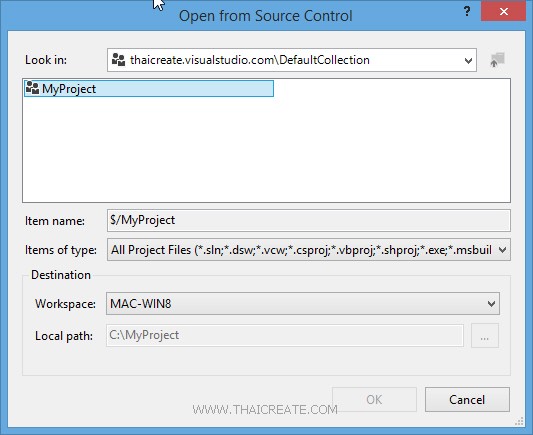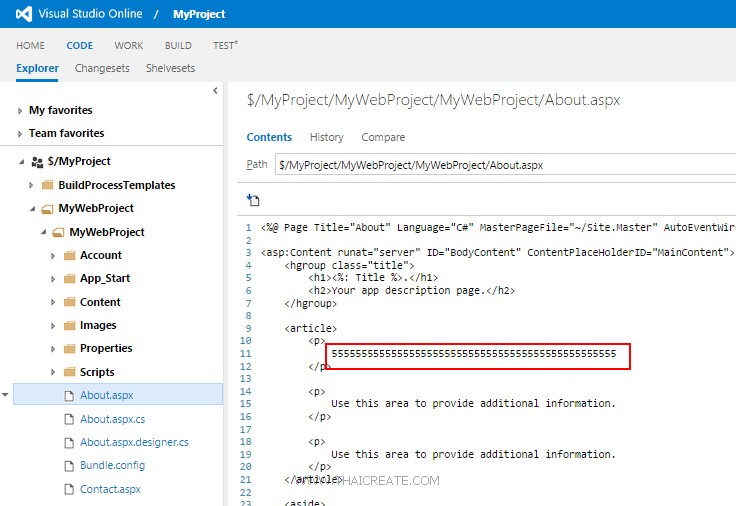

Again, folder locations are not important and you may move the schema definition if you so choose. The import process places schema definitions in the Security folder rather than in the folder names for the schema. So it is preferable to create user account with no rights from the beginning, then grant them access to specific objects and features as needed. Security settings can be surprisingly subtle, especially when using advanced features. SecurityĪ common mistake when setting up a new database is to grant everyone full access from the beginning with the assumption that you will lock it down later. This will come in handy when you want to deploy multiple copies of the same database project to one server. If you need additional or specialized filegroups you can use the built-in object templates. You need to open the properties for the Solution and indicate that the database project is a dependency for the startup application. There is one final step for setting up the database for automatic deploys. Without it, your debug database will tend accumulate objects that you created and later discarded during the development process. Generally speaking you will want to use the “Drop object in target but not in project” option. If you use a database name that doesn’t exist it will automatically be created the first time the project is run. This is the database that you will automatically deploy to every time the application is run.

You can see an example of this in the Storage heading below.īefore we leave the project settings window, you will want to setup your debug database. If you don’t find a setting you need, you can add it using normal SQL. Common database settings are found on the “Project Settings” tab.


 0 kommentar(er)
0 kommentar(er)
